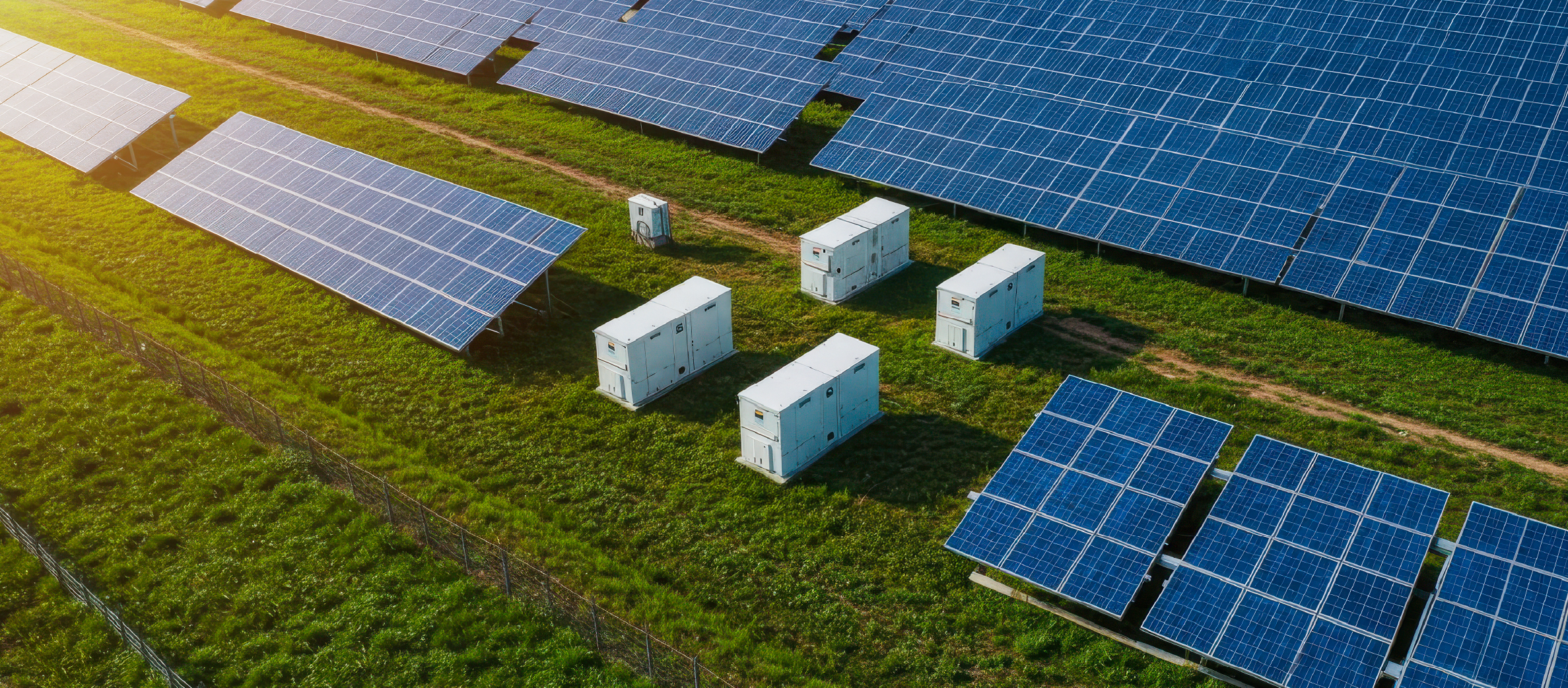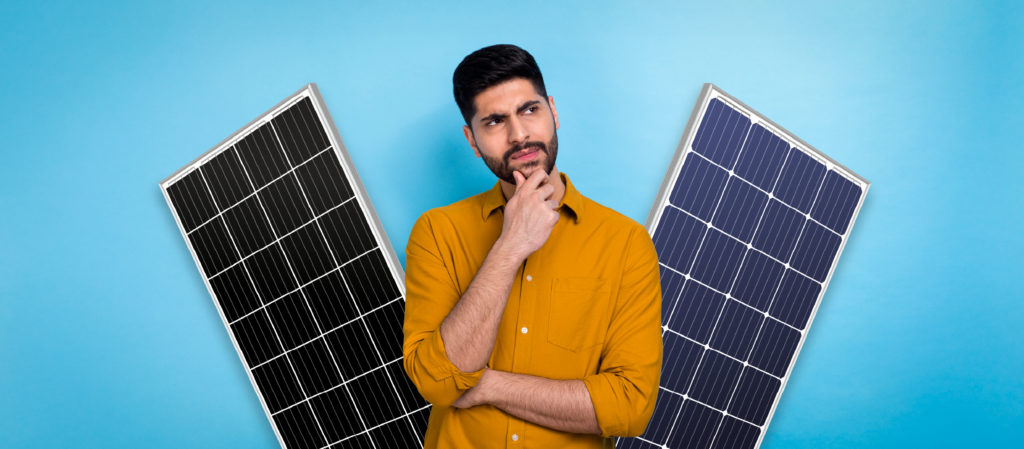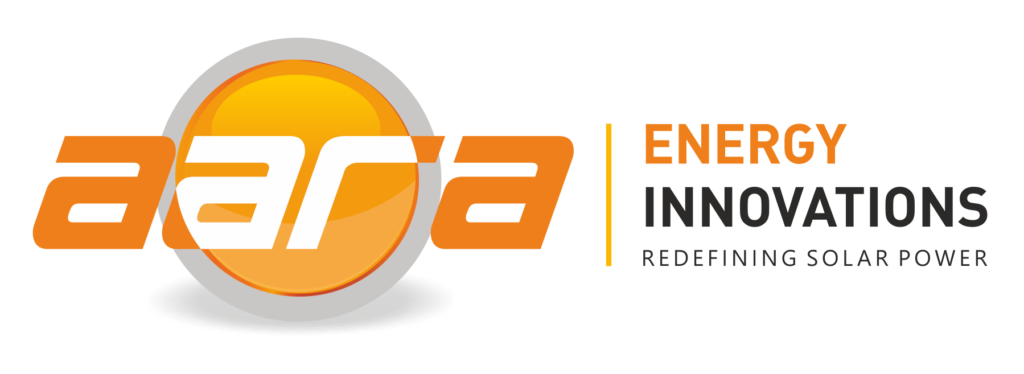The Benefits of Captive Power Plants in India

Rahul Bhosale
Author -
- September 18, 2025
Indian manufacturers are under pressure to reduce energy costs and show measurable progress on sustainability. A captive solar power plant lets an enterprise generate electricity at a dedicated off-site site and wheel it to its own facilities through the grid. Done right, it delivers predictable tariffs for 15–25 years, strong ESG outcomes, and control over a critical input.
Below is a practical guide to the benefits of captive solar projects, how the model works, and when a captive solar plant is the right fit.
What is a captive solar power plant?
A captive solar power plant is a utility-scale solar project set up primarily to meet the power needs of its owner (the “captive user”). It is usually located off-site where land and irradiation are favourable, and power is delivered to the factory through state transmission and distribution networks under open-access regulations.
Two common structures:
- Captive: The industrial consumer owns and consumes the power.
- Group captive: Multiple consumers collectively hold equity and consume the power in proportion to their share. (If you’re comparing models, see group captive solar and open access solar for a broader view of options.)
Top benefits of captive solar projects
1) Lower landed cost of electricity
Because a captive solar plant is sized to your demand and priced over a long horizon, the landed per-unit cost is typically below the blended grid tariff. Savings come from low generation cost, stable wheeling charges, and, in many states, reduced impact of certain surcharges under applicable regulations. Result: immediate bill relief and a hedge against tariff escalation.
2) Price certainty for 15–25 years
Once commissioned, a captive solar power plant provides a largely fixed or pre-agreed tariff path. This insulates your margin from volatile grid prices and allows better multi-year planning for energy-intensive operations.
3) Strong tax and accounting advantages
With a captive structure, the plant sits on your balance sheet. You can avail accelerated depreciation as applicable, claim input credits where eligible, and recognise long-term value from an owned asset. For cash-rich enterprises, this can lift project IRR and shorten payback.
4) Big sustainability gains with auditable data
Every unit generated by your captive solar plant displaces grid power and reduces Scope 2 emissions. Centralised metering and dashboards provide audit-ready data for ESG reporting, supplier scorecards, and customer disclosures. For exporters, this supports supply-chain sustainability requirements and net-zero journeys.
5) No roof limitation
Many factories do not have the roof area for the capacity they need. An off-site captive solar power plant removes space constraints, while still letting you claim the environmental benefits of renewable power.
6) Operational control and reliability
You choose the site, technology, EPC standards, and O&M regime. With clear SLAs, spares strategy, and 24×7 monitoring, the plant can achieve high availability, making the savings dependable year after year.
7) Scalable, multi-facility support
A single park can feed multiple plants in the state (subject to regulations). As demand grows, you can expand capacity, add storage later, or replicate the model in other states.
In short, the benefits of captive solar projects combine lower cost, long-term certainty, and credible decarbonization—elements CFOs and CSOs can align on.
Key risks and how to manage them
- Policy and approvals: Open-access rules vary by state and evolve. Use experienced advisors and lock contractual protections into your PPAs and wheeling agreements.
- Forecasting and scheduling: Compliance is essential. Good SCADA and an active scheduler minimise penalties.
- Curtailment and grid downtime: Choose sites with strong evacuation, build redundancy, and monitor closely.
- Execution quality: Utility-grade design, testing, and O&M are non-negotiable for a 25-year asset.
Handled well, these are manageable and do not offset the core benefits of captive solar projects.
Who should consider a captive solar plant?
- Plants with high daytime loads and rising tariffs.
- Roof-constrained sites that still want deep renewable penetration.
- Export-oriented MSMEs and large enterprises are pursuing science-based targets.
- Corporates with balance-sheet capacity seeking long-term cost control and asset creation.
If equity flexibility or internal approvals are tight, evaluate group captive solar or a third-party open-access PPA to start saving while you plan for ownership later.
Captive vs other open-access options
- Captive: Highest control, strong tax benefits, best life-cycle value if you can deploy equity.
- Group captive: Shares equity across buyers, retains many economic advantages with lower individual capital outlay.
- Third-party PPA: Zero capex, immediate savings, lower control and potentially smaller spread.
All three ride on the same infrastructure and can be staged as your growth and cash cycles evolve.
Conclusion
For the Indian industry, a captive solar power plant is more than an energy project. It is a cost strategy, a risk hedge, and a sustainability engine that produces measurable outcomes for decades. When engineered and operated to utility standards, the benefits of captive solar projects include lower unit cost, stable pricing, credible emissions reduction, and the freedom to scale beyond rooftop limits.
If you are exploring ownership or want to compare captive with other open-access routes, speak to a specialist EPC partner who can model state rules, design for performance, and commit to long-term O&M. Aara Energy works with industrial clients on captive, group captive solar, and open access solar models and can provide a site-wise tariff and ROI view to help you decide.
Related Blogs








